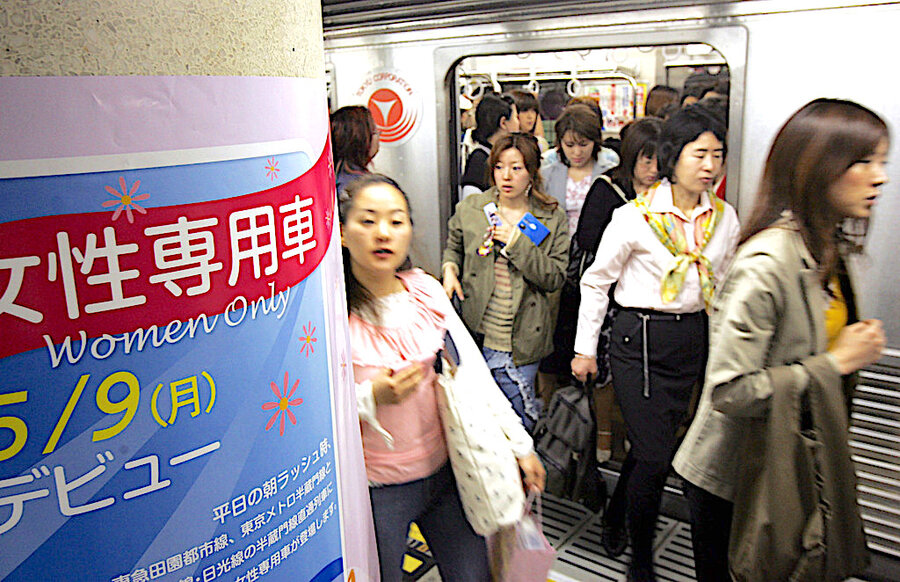From fear to freedom for women
Sometimes a simple idea is all it takes. In 2000, Mexico City added female-only train cars on its subway system. The concept soon spread – to Tokyo, Lahore, and Rio de Janeiro. Now that rethinking of how public transport can meet the needs of female passengers is at the heart of other shifts in urban design. What started as an attempt to shield girls and women from sexual abuse is shaping remedies to many social and economic problems.
Public transportation consciously designed around women, argues Kalpana Viswanath, an urban planner based in Haryana, India, is essential to building communities. In much of the world, women’s daily movements are based on tending to the needs of their families. “If you put the care economy center stage [in urban design], you also allow men to be better caregivers,” Dr. Viswanath told the authors of a newly published collection of interviews with international women who are rethinking urban environments. “It is the work of care that makes us human. We should foreground that in any infrastructure, service, amenity, or public space that we design and plan in our cities.”
The benefits of making public transportation female-friendly are measurable. The average rate of female literacy in the Middle East and North Africa is 88%, for example, yet women make up just 19% of the regional labor force. India faces similar discrepancies. Women there contribute to just 17% of the gross domestic product despite rising female enrollment in higher education. If women’s economic participation were equal to that of men, the Organization for Economic Cooperation and Development estimates, it would add $28 trillion to the global economy.
Solving that discrepancy can sometimes be simple. In India, for example, the state of Karnataka recently made bus travel free for female passengers to boost employment and school attendance. A new World Bank study of gender-based transportation reforms in Cairo, Beirut, and Amman showed that such measures can have a “robust” impact on female economic participation.
But they also have a more complex social benefit. All-female subway cars, for instance, have helped women in Japan find freedom from the fear of sexual harassment during their daily commutes. In more restrictive, male-dominated societies, meanwhile, orienting public transportation toward women has become a focal point of equal rights.
“The cultural change in mobility ... is a moment of opportunity,” Janet Sanz, former deputy mayor of Barcelona, Spain, told the Local Governments for Sustainability blog last year. “What we do now is to prioritize people.”






